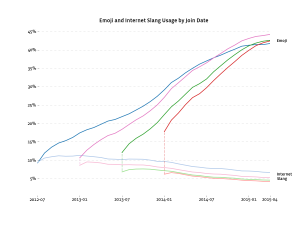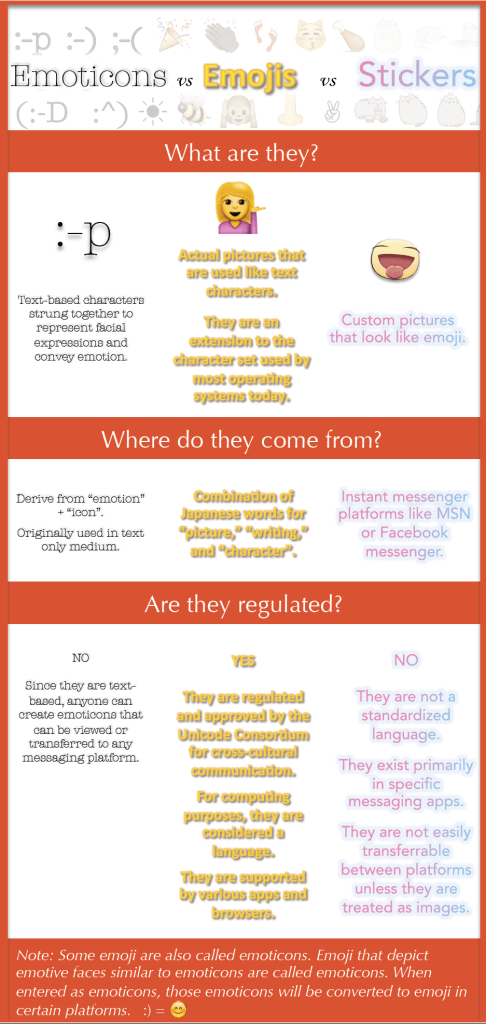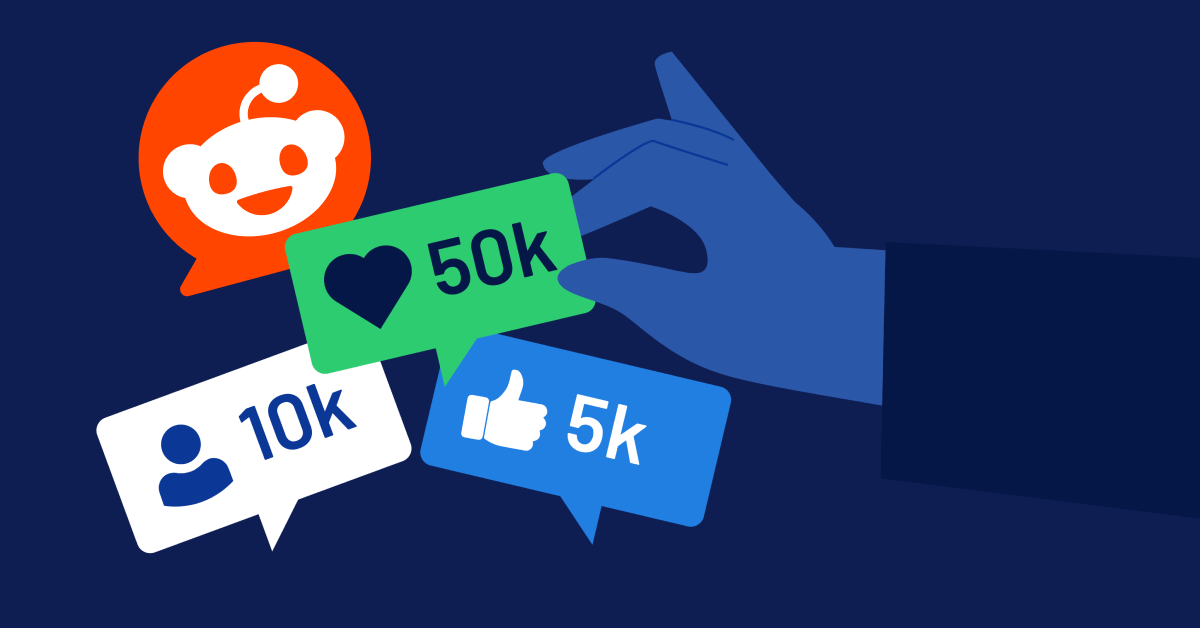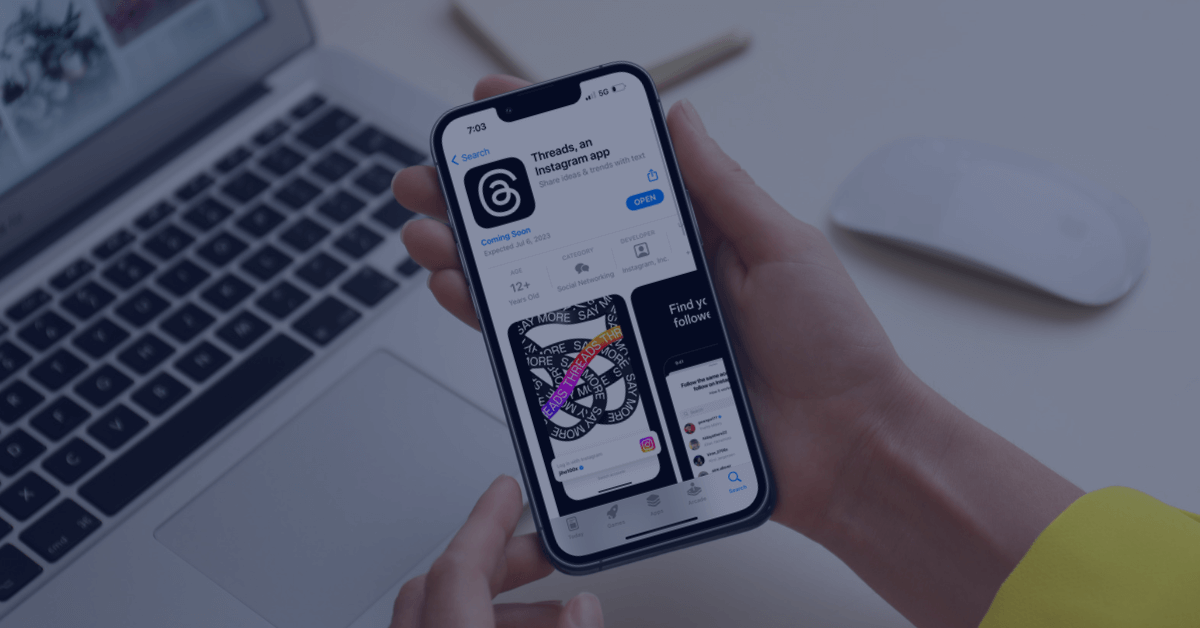
Last week we discussed the recent release of Facebook’s “Empathy” button, which turned out to be six emoji-based buttons called “Reactions”, and what the general response has been. These Reactions will give users more options to express their opinions on the social media platform, rather than the one-size-does-not-fit-all Like button that has been Facebook’s default since February 2009. Today we look deeper into emojis themselves, their history, and some current facts and figures about their usage. Additionally, we will briefly touch on emoticons and stickers, which are often called emojis, but are in fact different.
History of Emojis:
There is no clear evidence pinpointing exactly who invented the emoticon or when, but it is generally accepted that Scott Fahlman was responsible for the emoticon’s first digital appearance. In 1982 the Carnegie Mellon University faculty member suggested, on a digital message board discussion, that members use a smiley emoticon : – ) to distinguish humorous posts from serious ones. However, emoticons didn’t begin to see their full potential until fifteen years later, thanks to a Frenchman living in London. Nicolas Loufrani, of the London-based company Smiley, recognized that animated ASCII emoticons would provide an enhanced interactive user experience in digital, and he compiled a comprehensive online emoticon dictionary that was sorted into separate categories, such as mood expressions, celebrations, food, etc. This dictionary was registered with the United States Copyright Office in October 1997 by Loufrani and his father and Smiley business partner, Franklin Loufrani.
At around the same time in Japan, Shigetaka Kurita began designing what would become the first emojis for the 1999 release of the i-mode, the world’s first major mobile internet system. However, the beginning of widespread usage can likely be linked to the adoption of emoticons by mobile phone manufacturers. In 2001 Loufrani’s creations were licensed by Samsung, Nokia, Motorola, and others, who later that year began offering them to their users.
Yet another variation of the emoji and emoticon, stickers first appeared in 2011. These were created by Korea’s top internet company, Naver, when the company was developing a messaging platform named Line. Similar to call and messaging app WhatsApp, LINE was developed in the months following the 2011 tsunami that affected Japan. Initially created as a solution for reaching friends and family during and after disasters, it grew to over 50M users in the first year, and with the edition of games and stickers, it is now at over 400M, and one of the most popular apps in Japan, particularly with teenagers.
Emojis Today:
Since those early days nearly 33 years ago, emojis, emoticons, and stickers have become uniquely embedded in our daily digital conversations. According to Swyft Media, “74 percent of people in the U.S. regularly use stickers, emoticons or emojis in their online communication, sending an average of 96 emojis or stickers per day.” The reason for this explosion of emoji usage is that these creative characters help us to indicate our tones, express how we feel, and add humor to our digital conversations, where context can sometimes be lost due to the medium.
Did you Know:
We have gathered some cool facts and resources to help you better understand and use these graphics:
- “Emojis”, “emoticons”, and “stickers” are not the same thing!
As I mentioned above, though these terms are often used interchangeably, they differ based on how the characters are created and how/where they are made available for our usage:
- Emojis are a universal language with rules.
Rules to using emojis? Yes, but don’t worry, these rules are not set in stone and their adherence is usually followed subconsciously because the rules are largely intuitive. Computational linguist Tyler Schnoebelen found that emojis are consistently placed at the end of sentences or complete thoughts, and that users naturally respect linear time and action when choosing the order of operation for their emoji strings.
- This universal language might replace internet slang.
Instagram Software Engineer Thomas Dimson noticed that the rise of emoji usage has shown a corresponding decrease in the usage of internet slang. For example, acronyms such as “xoxoxoxo” are being replaced by.

Source: instagram-engineering.tumblr.com
Tune in next week for Part 3 of Emojis : How Marketers Can Use Emojis.
For more information on Emojis, please check out the following resources:
-
- Curalate’s infographic of the top 100 Emoji characters on Instagram.
- Swiftkey’s United States of Emoji map shows you which emoji characters are popular by state.
Overdrive Interactive is an award-winning digital marketing agency that helps leading companies compete and win in the online space. Founded in 2001, the agency has developed into an integrated digital shop that delivers brand building, customer acquisition and lead generation programs utilizing search marketing, social media marketing, online media buying, analytics and world class creative services.





